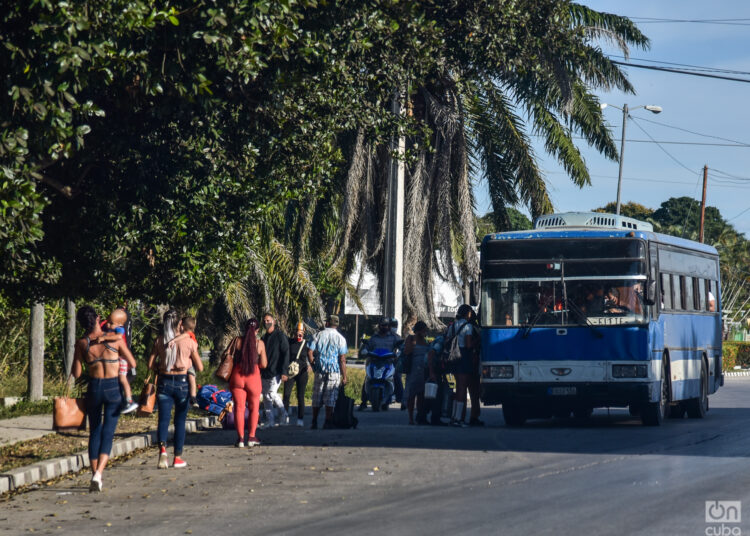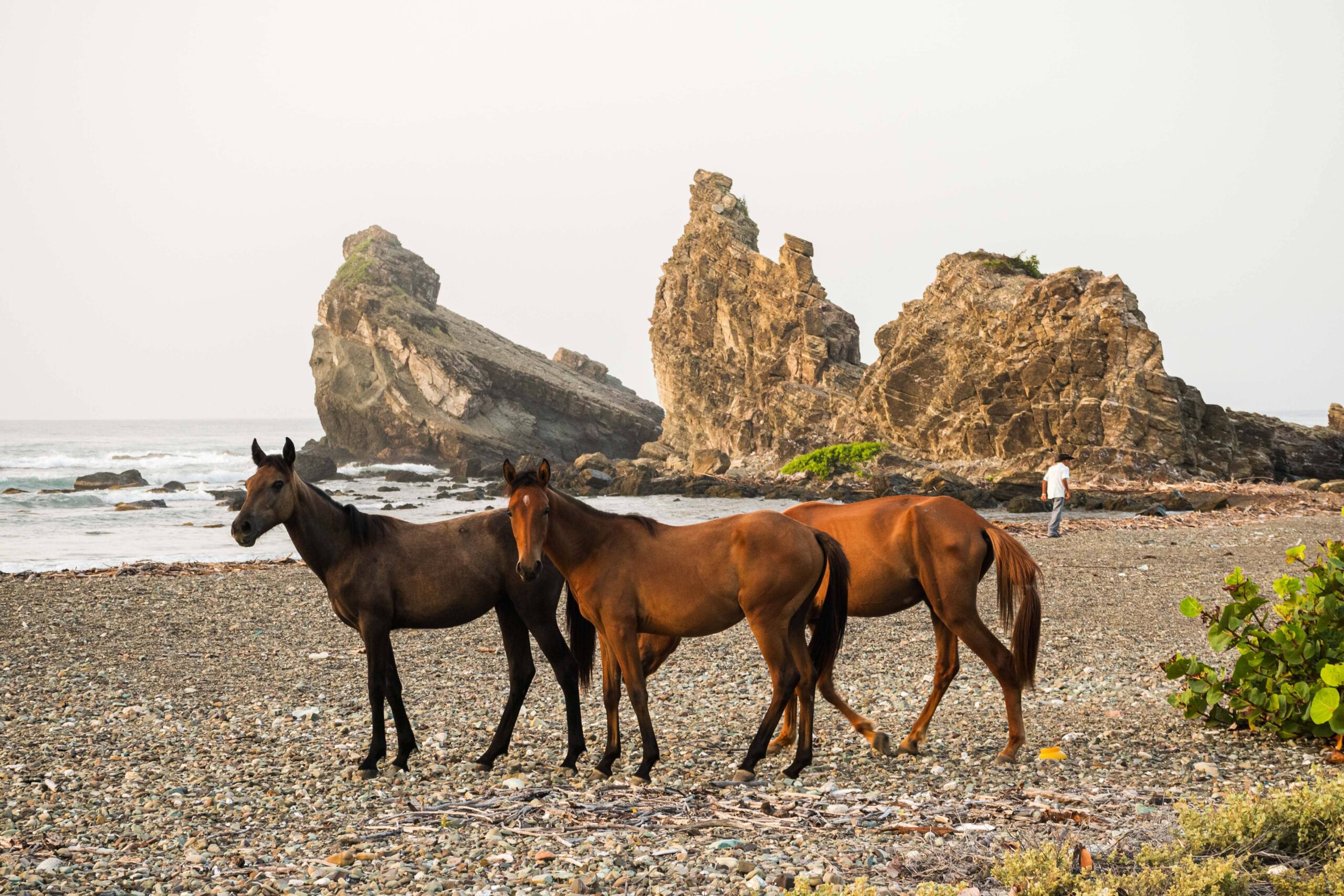On June 28, the first railway bus assembled in Cuba from a Yutong bus was to start providing services. It was an old urban transport vehicle that, upon being written off due to deterioration, had been converted by workers from the Provincial Transportation Enterprise and the Talleres Ferroviarios Base Business Unit (UEB) of Camagüey, so that it could circulate on the railway lines of the province.
Although this type of assembly is relatively common in small cars on the island, the case of the Camagüey railway bus gained great media coverage due to the make and size of the bus involved. At the local level, the expectation had more to do with the route that the new means would cover and the communities it would benefit. Due to the large extension of its territory, more than 15,000 square kilometers, Camagüey’s transportation is one of its most difficult problems to solve.
Ultimately, the authorities decided that “El Mayor” ― the name given to the motor car ― would run between the capitals of the municipalities of Santa Cruz del Sur and Vertientes, linking a dozen small towns whose main access route is the railway.
But several weeks after the announced date for the railway bus’s start-up, it was still not working. On July 15, there was no explanation for this, even at the terminal stations of the route. The railway bus did not arrive from the Camagüey workshops on June 28 or on the following days.
“Maybe they will start it on July 26, because of being the venue,” speculated an employee of the Vertientes terminal consulted for this article, alluding to the commemoration of the assault on the Moncada barracks, whose provincial event will be held in that municipality.
Traditionally, the territories that are designated as the venues of the anniversary benefit from works and inaugurations, a context in which the new railway service could be activated. At least that is the hope of those who live along the 70 kilometers of the tracks “El Mayor” plans to travel.
“With the Batalla [de las Guásimas] highway almost completely destroyed, there are few passenger trucks that venture there, and the State bus has been running every other day. The motor car would help a lot, especially because we no longer are sure the Camagüey train will pass,” Yanelis Abelarde, a young woman who regularly travels to the municipal capital of Vertientes from the town of Aguilar, said to OnCuba.
By rail, the route is around 25 kilometers and costs 5 pesos. Following the battered roads and dams of the area, the distance exceeds 30 kilometers. It involves an expense of no less than 200 pesos in successive transfers on “riquimbilis” (artisanal motor tricycles that, in the absence of buses and trucks, maintain communication for the area’s populations).
Before the COVID-19 pandemic, a bus made one or two daily trips to Batalla de las Guásimas, Aguilar and other small towns, and a train with four passenger cars left Santa Cruz del Sur every morning heading to the city of Camagüey, to return to the southern town in the afternoons. Once the quarantine was over, transportation services were half-reestablished, with fewer bus and railway departures.
“If the motor car is still not running, it is most likely due to lack of fuel. That is the reason why the local trains — Santa Cruz and Nuevitas — no longer run daily, and almost all inter-municipal bus routes have been canceled. There are indeed major shortages in terms of spare parts, but the biggest problem has not ceased to be fuel. Any inter-municipal route or to rural communities involves a large consumption of fuel, and at times it is to reach a place with less than 500 inhabitants. In circumstances like the current one, what is indicated is to protect routes that benefit the greatest number of people with lower fuel consumption. And there, by necessity, urban routes always come out the winners,” an official from the Provincial Department of Transportation in Camagüey explained to me.
The damn circumstance of distance
In mid-April, during a broadcast of the program Desde la Presidency, Minister of Transportation Eduardo Rodríguez Dávila translated into numbers what is evident to the common citizen: the sector in his charge is going through “one of the worst moments in recent years.” Currently, the State transports half as many passengers and cargo as in 2019.
“There are many towns and routes in the country that today are only supplied, or satisfied, with private transportation service,” Rodríguez acknowledged, before suggesting that improvements should not be expected in the short term. Passenger transportation alone requires an annual investment of more than 40 million dollars, which the country is not in a position to assume, he added.
A scenario of improvements for rural and inter-municipal transportation is anticipated to be unlikely in the current crisis context. Not only because of the resources required to start up new vehicles but also because of the infrastructure for them.
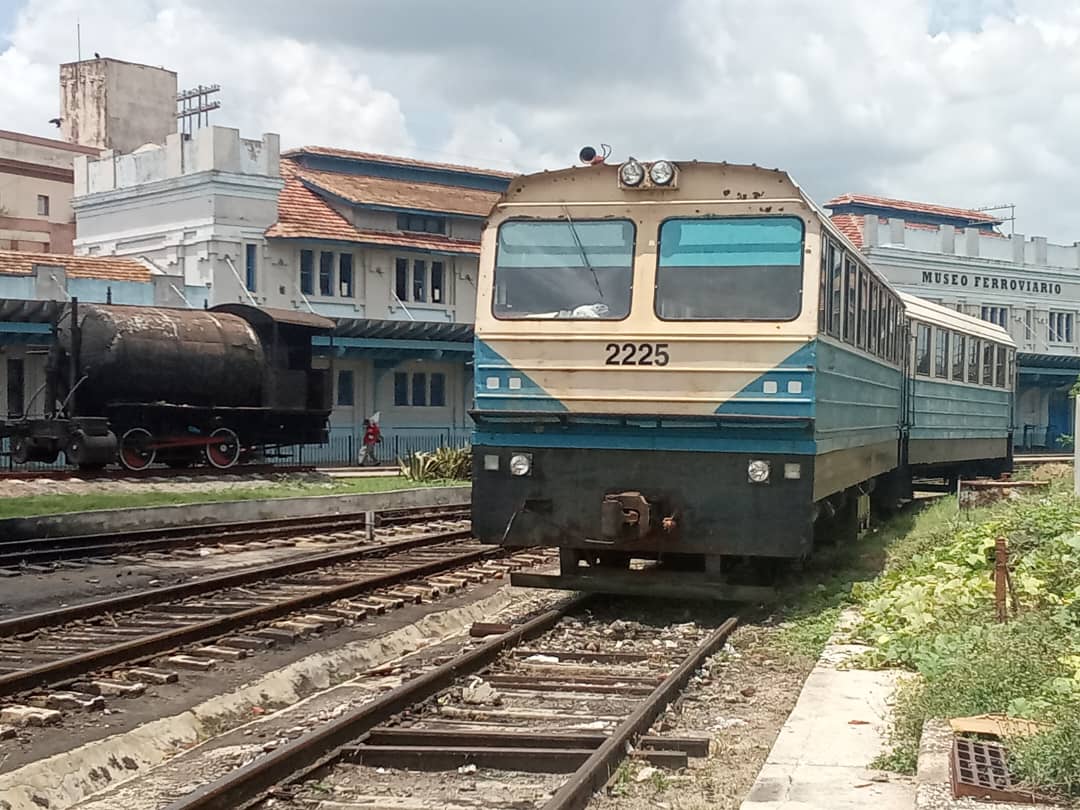
Although the state of the “roads of national interest” (Central Highway, thruways…) leaves much to be desired, that of the highways and roads is significantly worse. A part becomes impassable during the rainy season, without local authorities having the means to prevent it. In provinces such as Granma ― the one with the highest amount of rural inhabitants in the country, with 810,138, of which 315,687, 39%, live in these non-urban areas ― the condition of the embankments has caused numerous mountain transport routes to be suspended.
“Despite the effort that truckers make in these areas when the rainy season begins, the ground starts crumbling, becoming full of stones, and that reduces the durability of the tires,” an authority from the Transportation unit in Guisa, Sierra Maestra, commented in mid-2023.
The same note specified how in these areas ― officially prioritized because they are part of the Turquino Plan ― barely 32% of the public service routes were operating, and a great deal of the existing ones did so with fewer scheduled departures and using leased vehicles, which made it necessary to increase the price of tickets. There were no other options since two-thirds of the vehicles were paralyzed due to a lack of spare parts, according to the same source.
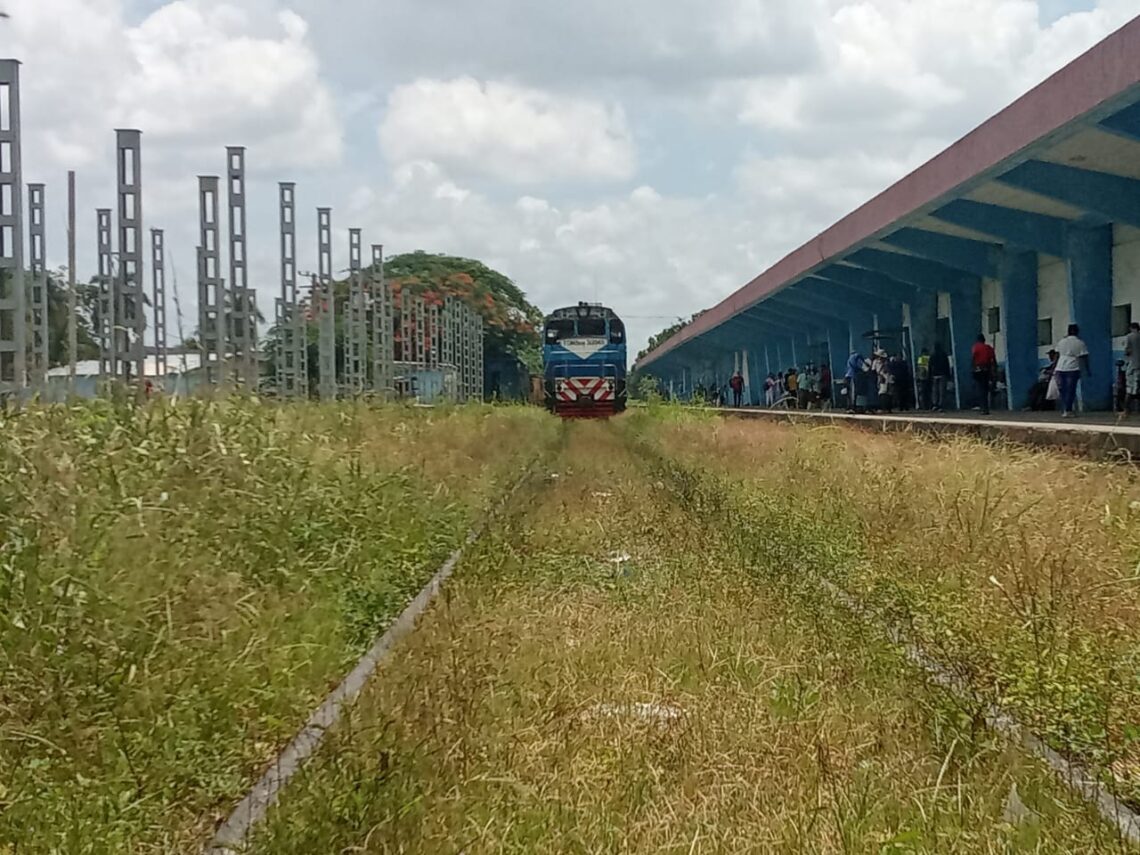
A year later the reality is worse. “We would be happy if Esmeralda had at least one rented bus. Over there things are ‘as best as can be’: getting to Florida, and from there continue on your way. And we have it even worse, because from there on we still have the stretch to Tabor, a sugar mill town 10 kilometers away. In total, it is about 90 kilometers, but it is as hard as if the trip were to China, because of how bad the road is and how the transportation provided by the State has been removed,” lamented a middle-aged woman who, accompanied by of her two minor grandchildren, was waiting next to the roundabout of the Camagüey cancer hospital.
Every day, thousands of people go to that place to try to travel to the municipalities in the west of the province. They would not have to do so, since buses and passenger trucks should leave from the railway bus terminal. However, most travelers know that only a handful of vehicles leave from there to very specific municipalities.
The times when the State had a predominant weight in passenger mobility are long gone. As if to confirm this, years ago the main railway bus hall was rented to self-employed workers so they could set up a fair; it made no sense for benches to continue occupying a space where people practically no longer went, at least to travel.
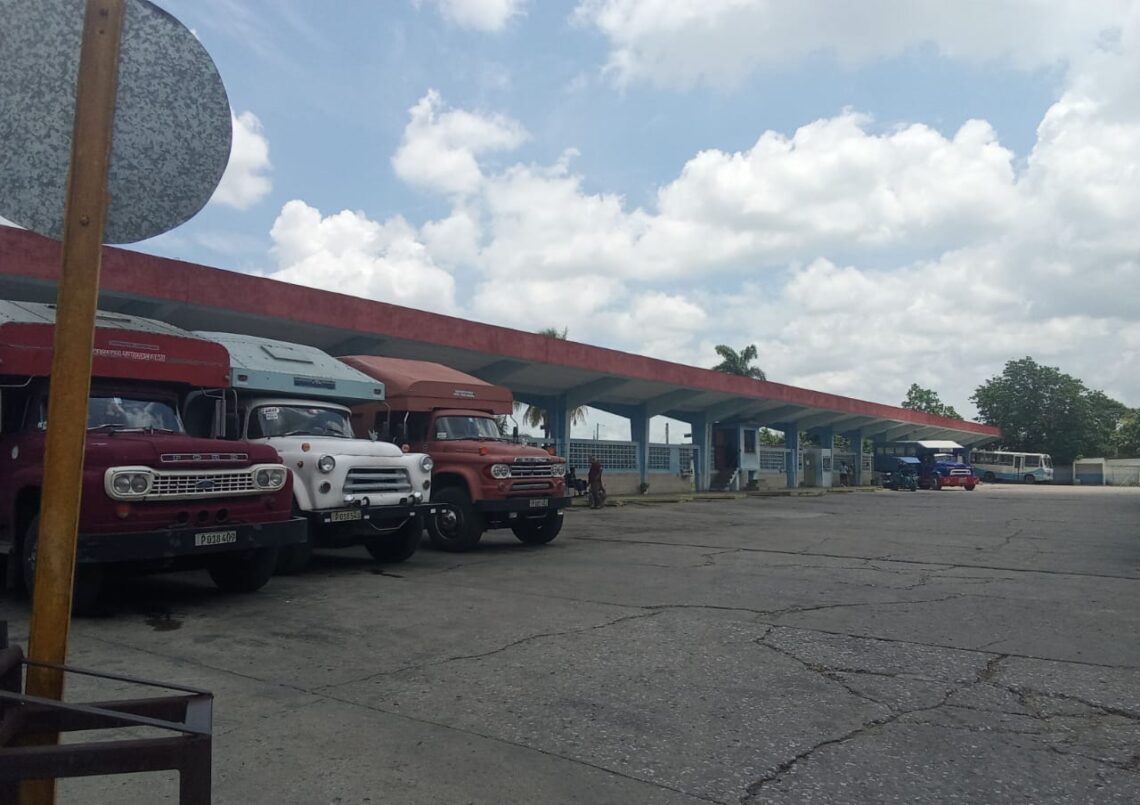
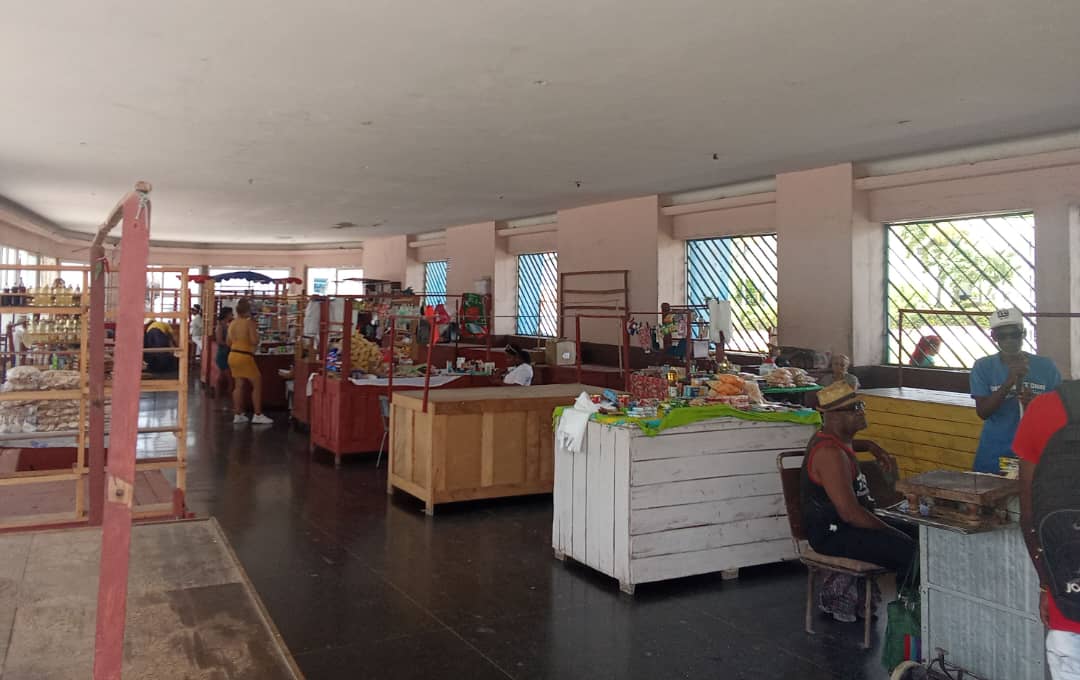
Road problems and transportation stand out among the reasons for emigration from rural areas, said María Ofelia Rodríguez, from the Center for Demographic Studies of the University of Havana, during a TV program Cuadrando la Caja, broadcast last December. According to surveys in several provinces, these difficulties are at the same level as concerns related to the sale of consumer goods and access to better jobs and health and education services.
But, apart from academic studies that describe the panorama, local governments have little to offer. Regarding the allocation of resources, the order of priorities emulates that of administrative hierarchies: the country’s capital is prioritized above the provincial capitals, and these are prioritized before the municipal capitals.
The countryside and rural communities remain in the background from which only occasional political commemorations manage to bring them out when works such as the launch of a railway bus become news. Although sometimes not even that.

